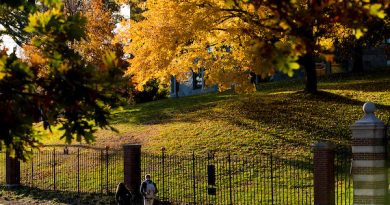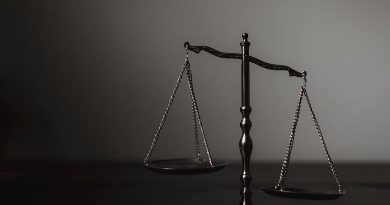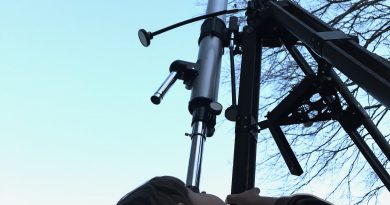Have We Been Transformed and How?
As we enter a new academic year, it seems like a perfect time to reflect on the ways in which faculty have transformed their thinking and teaching over the past 17 months, and in what ways our assumptions about teaching, learning, and student engagement have been challenged and transformed. We asked faculty in a variety of forums earlier this summer how they have been challenged by teaching through the pandemic, a tumultuous political landscape and for some, an increased awareness of racism and racial injustice, and their impact. We also asked what changes they have made in their thinking and teaching practices. We at CELT will publish a series on what we have learned, transformations we have witnessed, and what we hope will endure. In each subsequent issue, we will ask you to share your stories with us.
A question we pose frequently in faculty development programs is “Describe a learning experience, in or out of the classroom, that changed you and why.” Not surprisingly, many of the stories are not based in the classroom, though some are. What is consistent across stories is that they had a powerful experience or discovered something new that caused them to re-evaluate their past ideas, assumptions and understandings. They examined new perspectives to make meaning, and through critical reflection fundamentally changed their perceptions or world view. This is what transformative learning is all about, and for many, the experience of teaching through this past year has been transformative. For others, they were already there.
So what ideas, assumptions or understandings were challenged this year that facilitated changes in faculty thinking and practice?
One: The System is Fair
First and foremost, the assumptions that higher education’s mission and our disciplines are neutral, and that our teaching is neutral: The light bulb for white Americans turned on, and we became aware of our lack of consciousness for how systemic racism has shaped the academy, and who it has excluded. We became more aware of how our identities and lived experiences shape the way we teach, and how that impacts marginalized students. And we realized that there are no quick fixes, but an ongoing process for this work.
Two: The Meritocracy Works
The assumption that higher education is a meritocracy: But for whom? We learned in spades that while all Tufts students are highly intelligent and talented learners, the playing field is not level, even after they arrive at Tufts. This was not just because of the inequities that became transparent in the shift to remote teaching, which were significant, but also because of our increased awareness of the impacts of structural racism, socioeconomic differences and neurodiversity. The equity of our one size fits all approach was questioned, and we began to explore flexible ways to address those inequities while supporting all students in achieving high standards.
Three: Content Delivery Facilitates Learning
The assumption that faculty impart knowledge and students learn if only they work hard enough: We came to understand during the pandemic that lecturing in large blocks as we did in person was not going to work well in the new learning environments. We had to consider how to recalibrate how much content and which content was reasonable and necessary. We struggled with determining which methods of delivery would facilitate learning. We needed to learn how to engage students in learning remotely, and became more creative and focused on the process of learning rather than just the content.
Four: The Classroom is an Objective Space
The assumptions that students will learn if we present the information in the right way and they just apply themselves, and that what happens outside of the classroom, and in the personal experiences of students, had no place in the classroom: The emotional upheaval on all fronts was certainly extreme this year, even traumatic, and affected learning. There is a large body of research that demonstrates that emotion and cognition are inextricably connected, so we struggled with how to be flexible and compassionate while making sure that students learned what they needed. We began to consider more deeply the faculty role in supporting students’ emotional well-being in addition to their academic progress, and the role of developing instructor to students and peer relationships for learning.
Five: Assessments are Equitable and Measure Learning
And lastly, the assumptions that our assessments are an accurate measure of learning, that our disciplinary norms around assessment are effective, and that our assessments are equitable: The word rigor as we currently conceptualize it was challenged as potentially an elitist euphemism. Once we got past the angst of whether students would be honest, we began to explore alternative forms of assessment, incorporated more formative assessments, and shifted our originally intended expectations to focus on which learning was essential.
We hope that you take the time to read and respond to our series with your own stories of how you responded to some of these challenges to these assumptions or others so that we can share and promote effective responses. In what ways were your assumptions challenged? Share your stories by emailing us at celt@tufts.edu.
Continue reading with the next articles of the series
- We Teach Humans, Not Content: Stepping off the Hamster Wheel
- There are no quick fixes in JEDI work
- Balancing Flexibility and Rigor to Advance Equity in Course Design
- Interrogating our assumptions about assessments




